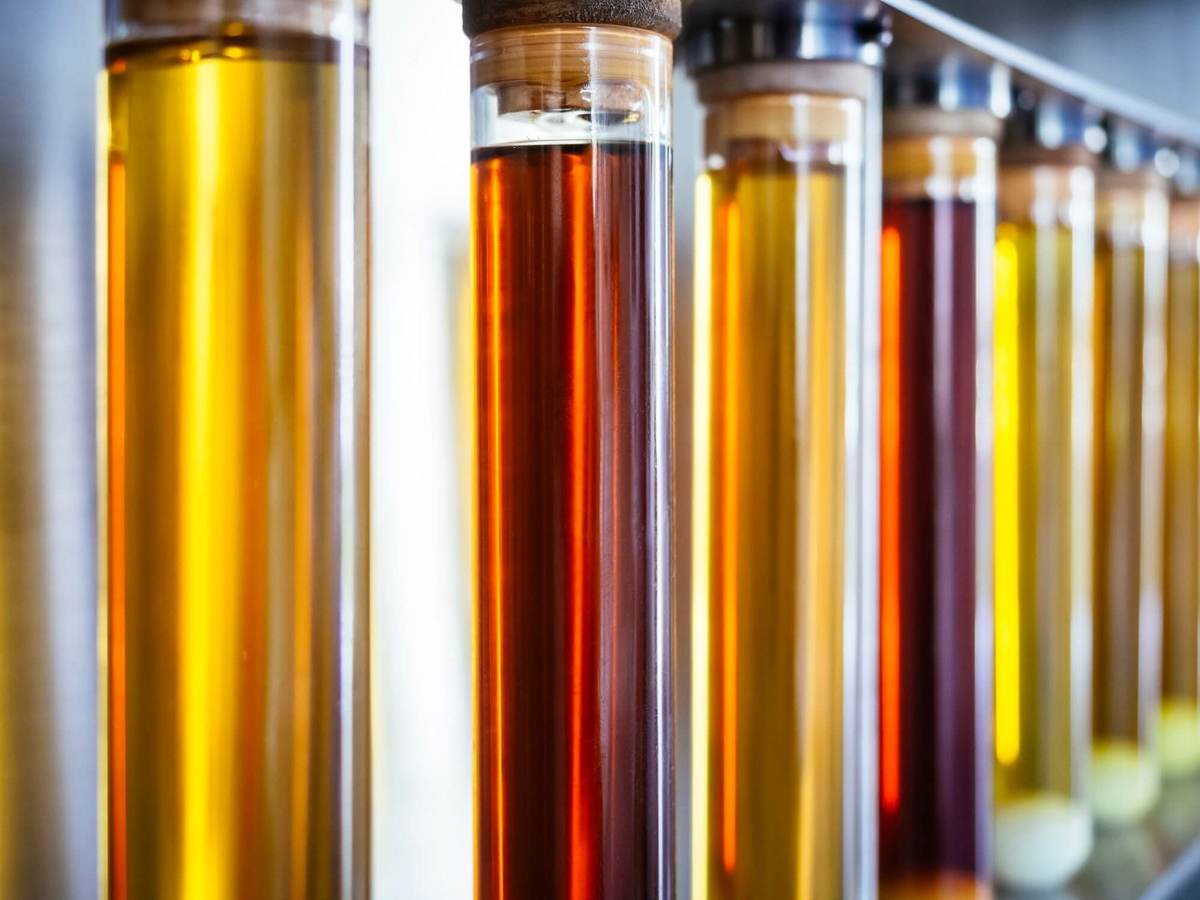August 4, 2019
Out of the many products developed from locally sourced food today, one stands out from the rest — palm oil.
Palm oil is used as an ingredient in about 50% of the packaged products found in supermarkets around the world. You can find it in everything from edibles, such as margarine, doughnuts and chocolate, to body lotion, lipstick, shampoo and toothpaste.
It’s also become a green fuel option for cars, shipping and aircraft fuel. Even livestock benefits from the fruit of oil palm tree. Palm kernel cake, a by-product of palm kernel oil, can be used to fatten cattle and other livestock.
With so many beneficial uses, why are some people concerned about its sourcing?
Native to West Africa, the oil palm tree thrives in the humid tropics. Plantations in Indonesia and Malaysia now produce over 85% of the global palm oil supply. But it has come at a great cost to the environment and local habitat. High rates of tropical deforestation, increased greenhouse gas emissions, forced labor and the slaughtering of wildlife has been linked to palm oil production.
Consumers, governments and nonprofit organizations have come together to call for the sustainable sourcing of palm oil, but first, there is a requirement for a viable solution to accurately identify the palm’s origin — where was it harvested and under what conditions?
Fortunately, as the demand for sustainable sourcing increases, the tools and partners needed to support the supply chain has also grown. Programs ranging from raw materials traceability services and responsible sourcing audits to current good manufacturing practices (cGMP) exist to help companies increase transparency when sourcing raw materials such as palm oil.
Another program with promise is a patented traceability method that leverages breakthroughs in DNA barcoding technology to mark palm oil fruit at its source — the plantation where it was grown and harvested.
Developed by SafeTraces, a DNA tagging company located in Pleasanton, California, its technology draws strands of deoxyribonucleic acid (DNA) from seaweed that are microencapsulated in edible particles. Barcodes are formed by combining multiple DNA tags in unique combinations to generate unique identifiers.
Multiple barcodes representing growers, packers, etc. may be present on a single item. Each barcode carries the complete source data for the supplier and is readable even after manufacturing. Additionally, the U.S. Food and Drug Administration affirmed the technique as G.R.A.S., or generally regarded as safe.
“On-product, item-level traceability has the potential to transform supply chains for palm oil and other liquid bulk commodities,” said Monica Puksta, innovation and technical services director for UL’s Consumer and Retail Services. “With the ability to identify the source of palm oil, leading food companies, processors, and producers can significantly strengthen sustainable sourcing systems and consumer commitments.”
UL’s Consumer and Retail Services, through its Raw Materials Traceability Service, will verify and test product samples in the field to confirm that the tags are present and have been applied correctly.
Work with us to help advance sustainable business practices through our Responsible Sourcing Program by requesting a responsible sourcing audit today.

